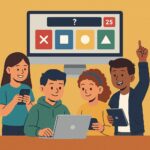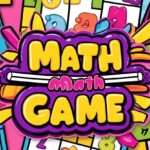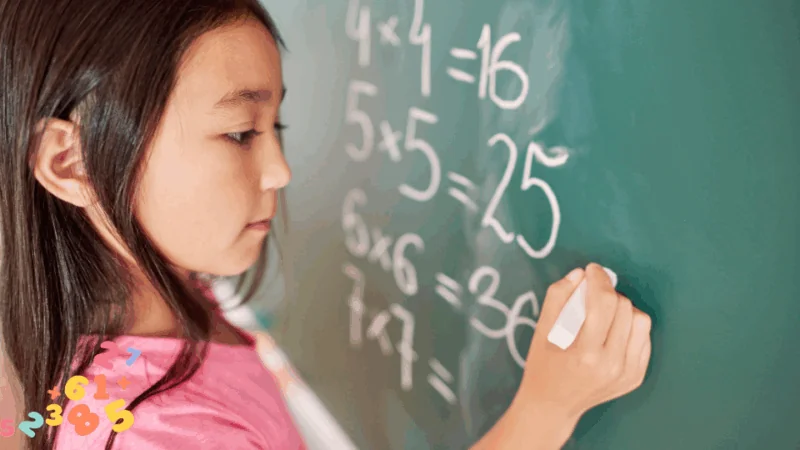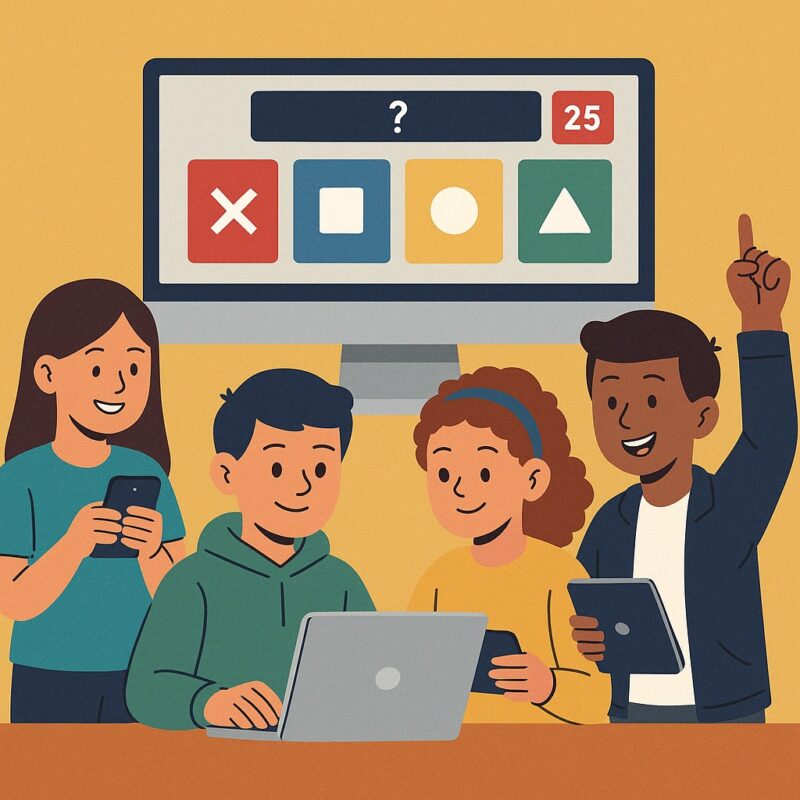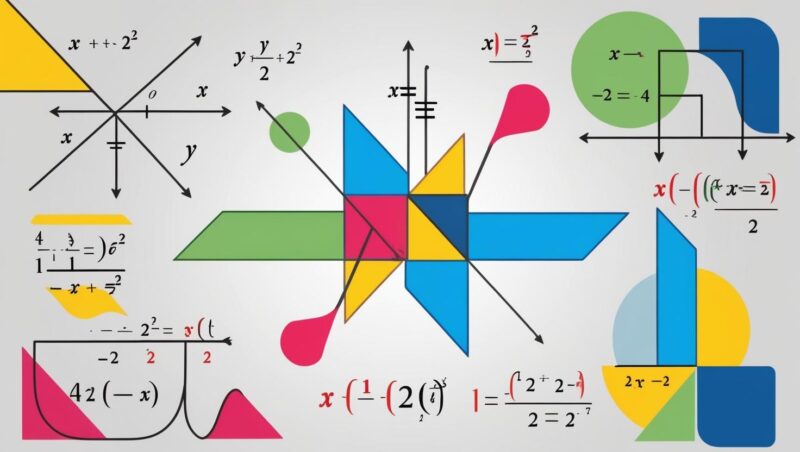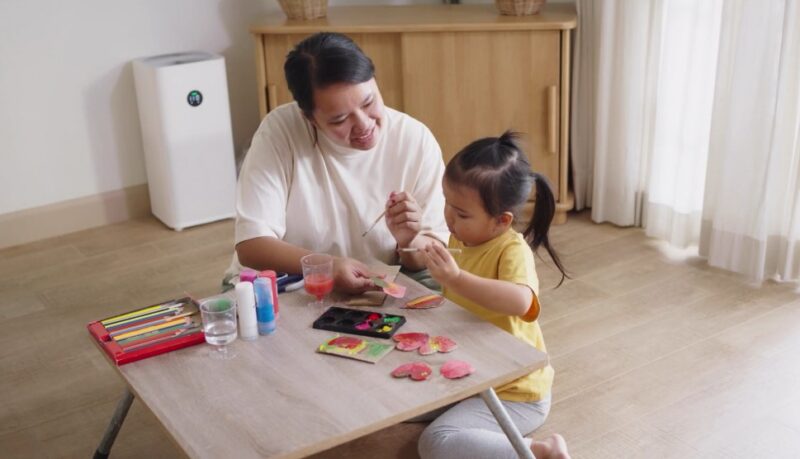
Share Post:
If you’ve spent any time around kids, you know how their attention can shift faster than you can say “homework.” One minute, they’re focused, the next, they’re thinking about the dinosaur they saw in a book last week.
This isn’t just a quirky thing kids do — it’s part of their natural development. So, how do you teach kids new things in a way that works with their minds, not against them? That’s where microlearning comes in.
Microlearning breaks down information into small, manageable chunks that are easier for kids to grasp and retain. Instead of sitting through a long, traditional lesson, kids get bite-sized learning sessions that match their attention span and need for fun.
Let’s take a closer look at why microlearning is an awesome tool for helping kids learn new things.
Short Attention Spans? No Problem!
As per CNLD Testing & Therapy, kids between the ages of 5 and 10 can focus on a task for about 10 to 15 minutes before their minds start to wander. If you’ve ever tried to teach a child something in a longer time frame, you’ve probably seen this in action.
Microlearning takes this reality into account by offering lessons that are just the right length — quick bursts of knowledge that fit perfectly within a child’s focus window. Think of it like snacks for the brain instead of a heavy meal.
When kids aren’t overwhelmed, they’re more likely to stay focused and retain the information they’re given. It’s like giving them a learning environment that feels natural instead of forced.
Why Repetition Works Wonders
Ever notice how kids can watch the same show or read the same book over and over again? Repetition is how they reinforce their learning. Microlearning taps into that by offering short, repeated sessions on the same topic.
This helps kids absorb information without feeling like they’re stuck in a boring loop. For example, language apps that use microlearning techniques, like Duolingo, show kids small vocabulary sets repeatedly.
By seeing the same words or phrases over time, kids start remembering and using them without the stress of sitting through a traditional hour-long class.
Making Learning Fun and Engaging
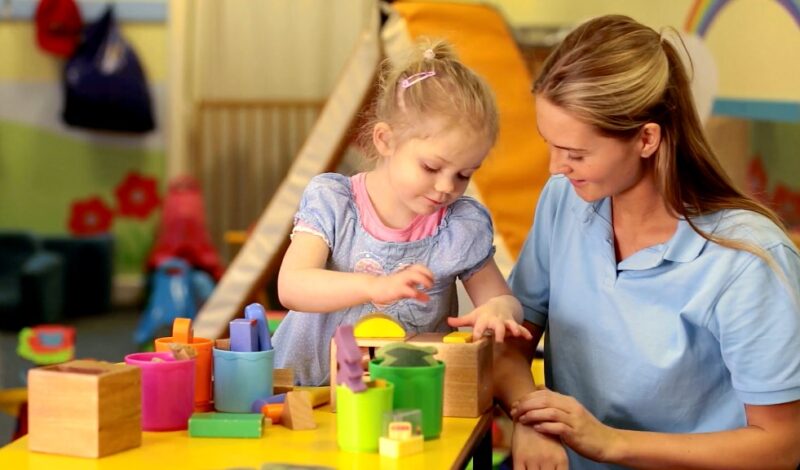
Learning doesn’t have to be boring. In fact, it shouldn’t be! Microlearning often incorporates multimedia — like videos, games, and quizzes — to keep kids engaged. When learning is interactive and enjoyable, kids are far more likely to be motivated. This concept of learning through interaction and technology is also central to connectivism which emphasizes the power of connections in learning and how technology helps create dynamic, global learning networks.
Short, fun bursts of content help them see learning as something positive, rather than a chore. Gamification plays a huge role here. Turning educational content into games or challenges gives kids a sense of reward and accomplishment.
When kids can earn points, badges, or rewards, they become excited about the learning process. Even something as simple as a short quiz at the end of a lesson can make a huge difference in how a child feels about what they’ve just learned.
Learning on Their Terms
One of the coolest things about microlearning is how flexible it can be. It doesn’t require a formal setting or a rigid schedule. You can fit it into just about any part of a child’s day.
Whether it’s a quick video during breakfast or a mini-quiz on a car ride, microlearning fits into the nooks and crannies of daily life. This convenience also means that learning can happen at a child’s own pace. If they’re struggling with a concept, they can revisit a lesson without the pressure of keeping up with a whole class.
And if they grasp something quickly, they can move on to the next challenge. It’s all about creating a learning experience that adapts to the child, not the other way around.
Building Confidence with Quick Wins
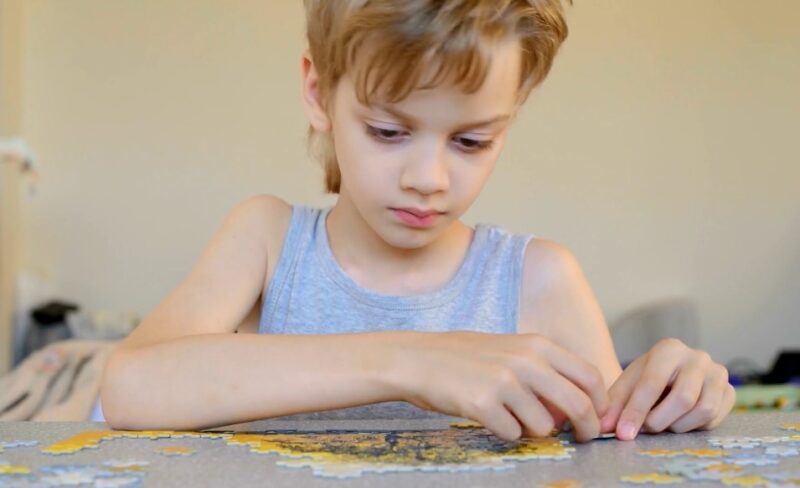
Let’s face it: kids thrive on success. When they feel like they’ve achieved something, even if it’s small, they get a boost in confidence. Microlearning is full of these “quick wins” — those moments when a child finishes a short lesson or solves a small problem.
These wins can add up, making a child feel more capable and eager to learn more. Imagine a child who struggles with math. In a traditional classroom, they might feel defeated after a long, confusing lesson.
But, with microlearning, they could work through tiny, manageable steps, like mastering basic addition before moving on to subtraction. Each small victory builds their confidence and encourages them to keep going.
Catering to Every Child’s Learning Style
Every kid learns differently. Some are visual learners, needing pictures, videos, or charts to grasp concepts. Others learn best through hands-on activities or listening. Microlearning can cater to all of these different learning styles because it’s versatile and customizable.
Visual learners can benefit from short videos or infographics, while kids who need to hear information might prefer auditory lessons or podcasts. If a child is more tactile, they can work through interactive activities or games.
The beauty of microlearning is that it can be tailored to fit the unique ways in which each child learns best.
Personalized Learning for Every Child
When lessons are short and topic-specific, it becomes easier to tailor them to what a child needs. If a kid is struggling with one subject but excelling in another, microlearning can allow them to focus more on the challenging area without feeling left behind in the subjects they already know well.
For example, if a child finds reading easy but has trouble with math, their microlearning routine can include more math-focused activities to bring them up to speed. Parents and educators can even customize lessons based on a child’s interests, making learning feel more personal and relevant.
A child fascinated by dinosaurs, for instance, could learn reading comprehension or science through dino-related content. Personalization keeps the learning process engaging and meaningful.
Lifelong Learning Habits Start Early
Kids who grow up with microlearning develop habits that can serve them throughout life. In a world where information is constantly changing, the ability to pick up new knowledge quickly is a valuable skill.
Microlearning teaches kids how to absorb information in a way that feels manageable. It also encourages curiosity, prompting them to keep exploring and learning long after school is over. By mastering small chunks of information regularly, kids get used to the idea of lifelong learning.
This skill becomes increasingly important as they grow older, facing new academic challenges and real-world situations where learning never really stops.
Affordable and Accessible for All
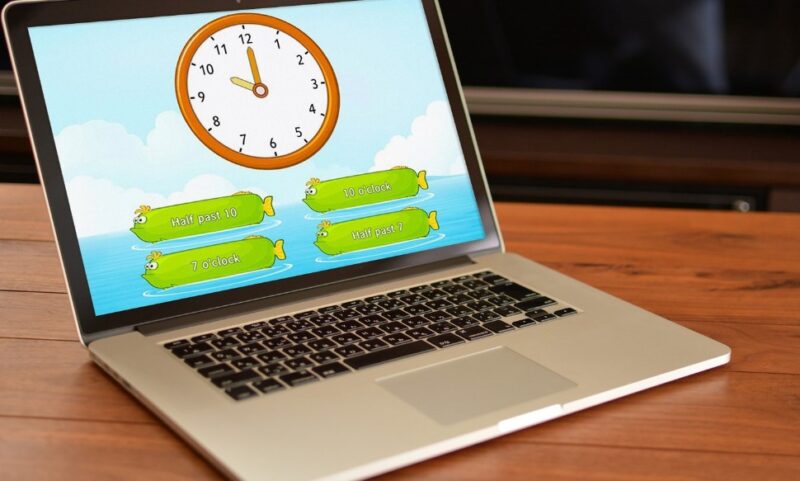
A great thing about microlearning is how budget-friendly it can be. Many microlearning tools, like educational apps or online platforms, are either free or come at a low cost. This makes it accessible to families who might not have the resources for expensive tutoring or extracurricular classes.
Not only are the tools affordable, but many of them also include features that help parents or teachers track a child’s progress. This allows them to see where a child might need more help, making the learning experience more targeted and efficient.
Learning Across Subjects
Microlearning can be used for just about any subject — from math and science to history and life skills. Instead of overwhelming kids with broad topics, microlearning can zoom in on specific concepts.
For example, in science, one session might focus entirely on how plants grow, while in math, a lesson might break down addition or multiplication step by step. The approach works just as well for non-academic subjects, too.
Kids can learn important life skills, such as emotional regulation, social interactions, or even practical skills like cooking, through small, digestible lessons. The versatility makes microlearning a powerful tool for comprehensive education.
Wrapping It All Up
Microlearning is more than just a trendy educational buzzword; it’s a teaching method that aligns beautifully with how kids naturally learn. By offering small, manageable lessons, it keeps kids engaged, boosts their confidence, and makes learning feel fun rather than frustrating.
It works across subjects, caters to different learning styles, and fits into the everyday moments of life, making it a flexible and effective way for kids to absorb new information.
With its growing presence in educational tools and platforms, microlearning is set to become a cornerstone of how we teach the next generation — one small, exciting step at a time.
Related Posts:




